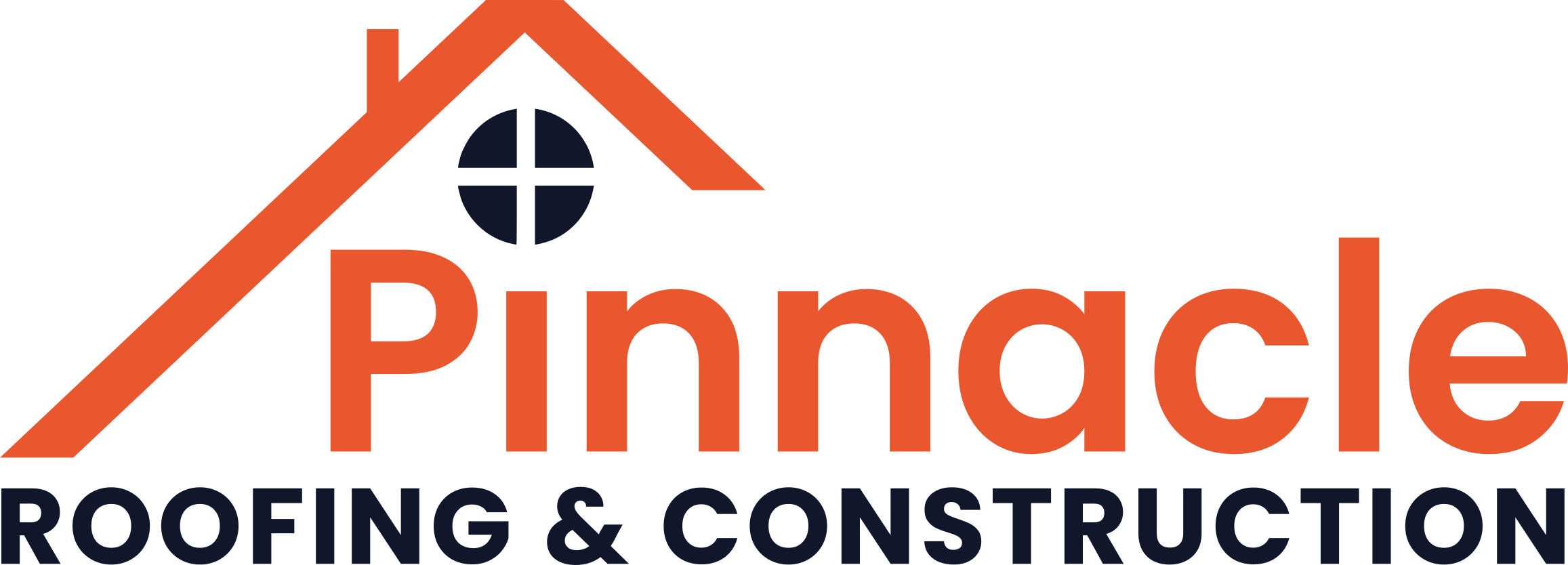Installing a dishwasher can seem like a daunting task, but with the right tools and a bit of patience, you can do it yourself. Whether you’re replacing an old unit or installing a new one, this guide will walk you through how to install a dishwasher like a pro!
By the end, you’ll have a functional dishwasher ready to tackle your dirty dishes.

Tools and Materials Needed
Before you begin, gather the necessary tools and materials:
- Dishwasher (your new appliance)
- Screwdriver (Phillips and flathead)
- Adjustable wrench
- Pliers
- Drill (with bits)
- Level
- Measuring tape
- Bucket (for catching water)
- Dishwasher connector kit (includes water supply line and 90-degree fitting)
- Teflon tape
- Wire nuts
- Power drill
Step 1: Prepare Your Work Area
- Clear the Space: If you’re replacing an old dishwasher, remove it first. Turn off the power supply to the old unit from your home’s circuit breaker and shut off the water supply. Disconnect the water supply line, drain hose, and power cable carefully.
- Measure the Opening: Use a measuring tape to ensure that your new dishwasher will fit into the existing space. Standard dishwashers are 24 inches wide, but always double-check.
- Check Electrical and Plumbing: Ensure the electrical lines, water supply, and drainage are in good condition. If they need updates or repairs, take care of these before proceeding.
Step 2: Install the New Dishwasher

Attach the 90-Degree Fitting:
Typically found at the back corner of the dishwasher, this fitting connects the water supply. Wrap Teflon tape around the threads before attaching the fitting to prevent leaks.
Connect the Water Supply Line:
- Attach the water supply line to the 90-degree fitting.
- Use an adjustable wrench to tighten the connection.
- Ensure it’s secure but avoid over-tightening, which can cause damage.
Position the Dishwasher:
- Slide the dishwasher into place, ensuring the drain hose and power cable pass through the cabinet hole.
- Use a level to make sure the unit is even. Adjust the feet as needed to correct the level.
Step 3: Make the Electrical Connection
- Power Off: Confirm that the power to the dishwasher circuit is off at the breaker.
- Access the Junction Box: Remove the kickplate at the bottom front of the dishwasher to access the junction box. Open the junction box cover.
- Connect the Wiring: Match the wires from the dishwasher to your house wires (typically black to black, white to white, and green to ground). Use wire nuts to secure the connections and wrap with electrical tape for safety.
- Close the Junction Box: Tuck the wires neatly into the box and replace the cover. Reattach the kickplate.
Step 4: Connect the Drain Hose
Route the Drain Hose:
The hose should go from the dishwasher to the sink drain or garbage disposal. Ensure there’s a high loop in the hose to prevent backflow.
Secure the Hose:
Connect and secure the hose to the drain line using a clamp. Tighten using pliers to ensure there are no leaks.
Step 5: Test the Installation
- Turn On the Water Supply: Slowly turn the water supply back on and check for leaks at all connections. Tighten any fittings as needed to stop leaks.
- Restore Power: Turn on the circuit breaker to provide power to the dishwasher. Run a short cycle to ensure everything functions properly and check for leaks again.
Tips for Successful Installation
- Read the Manual: Always refer to the specific installation instructions provided by the manufacturer for any unique requirements.
- Use Teflon Tape: This ensures a watertight seal for plumbing connections.
- Secure Connections: Double-check that all electrical and water connections are tight.
- Patience Is Key: Take your time to avoid mistakes that could lead to leaks or electrical issues.
Troubleshooting Common Problems
Things not going according to plan? Here are common solutions to common problems:
💧 Leaks:
If you notice water pooling, check all connections and tighten as needed. Examine the drain hose for kinks or blockages.
🍽️ Dishwasher Not Starting:
Ensure the power is on and the door latch clicks when closed. Double-check the circuit breaker and wiring connections.
👂 Unusual Noises:
Verify the dishwasher is level and that it doesn’t rock or tilt. Inspect for any loose items or obstructions inside the washer.
Maintaining Your Dishwasher
Keep your dishwasher working well by following these maintenance tips.
Regular Cleaning:
- Clean the filter monthly to prevent clogs.
- Wipe down the interior and seals with a damp cloth.
Run Hot Water:
Before starting a load, run hot water in your sink. This ensures hotter water enters the dishwasher, enhancing cleaning efficiency.
Invest in Quality Detergent:
Using high-quality detergents can improve cleaning results and prevent buildup.
Professional Dishwasher Installation

Installing a dishwasher yourself can save you time and money, making it a popular DIY home improvement project. With careful attention to detail and safety precautions, you can enjoy the convenience of your new appliance in no time. If you encounter challenges or aren’t comfortable with any step, consider reaching out to a professional installer.At Pinnacle Roofing & Construction we offer personalized remodeling services, for your kitchen, dishwasher and all! Contact us today to get started!








